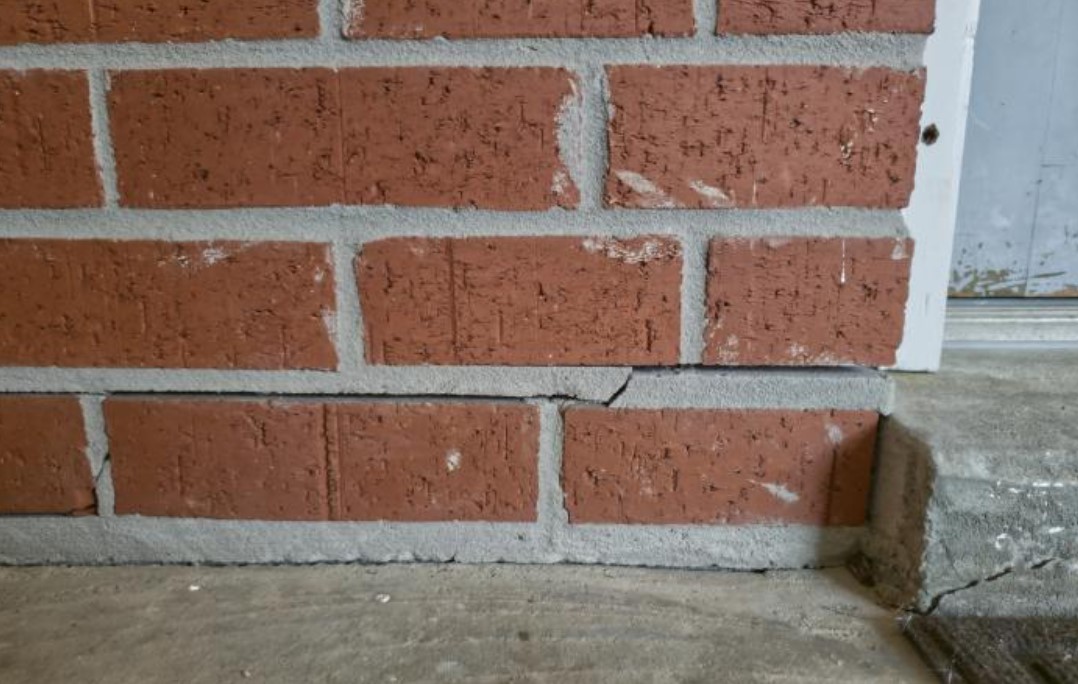If you periodically inspect your basement walls, you can usually spot the signs of a bowing wall pretty quickly. The signs that your foundation wall is bowing and needs to be repaired are cracks and water leaks.
The most common cause of bowed walls is unstable soil, water buildup, or tree roots pushing from the outside. For more information about bowing foundation repair, visit us at https://cincinnatifoundationrepairandwaterproofing.com/.
Signs of a Bowing Foundation Wall
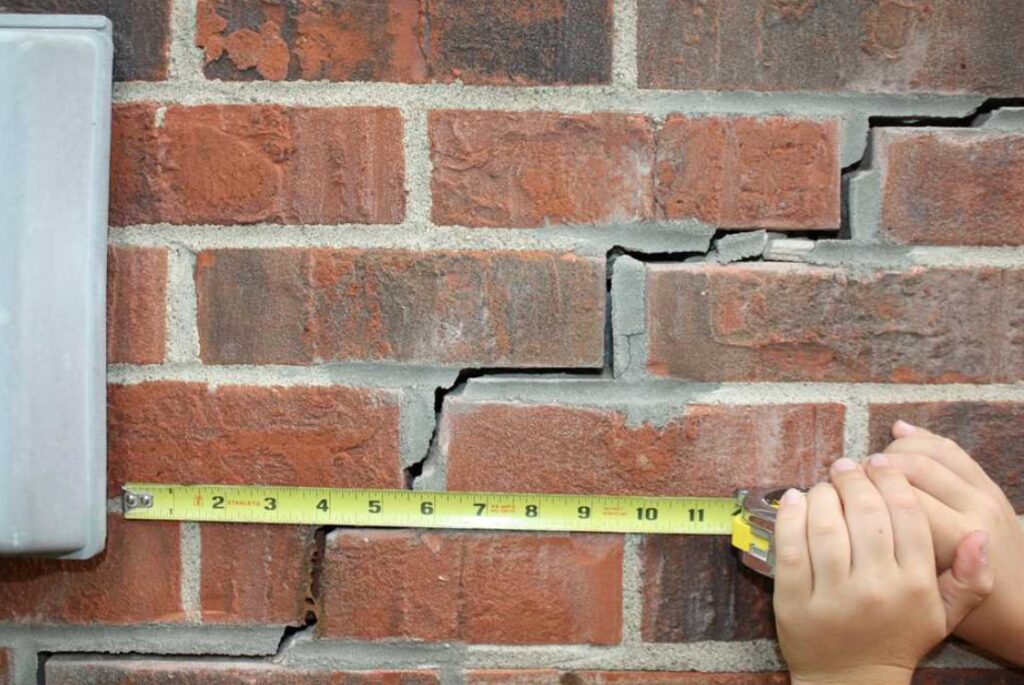
Depending on whether you have a poured concrete foundation or a block foundation, there are various signs to look for. The following are signs to look for that indicate you need your foundation wall fixed.
Block foundations
When looking at the bowed wall, you’ll probably see cracks that are vertical, horizontal, or that resemble stair steps. The cracks develop around the gaps along the mortar joints of the block foundation.
You can notice them on either the inside or outside of the foundation. Tipping is when the basement wall starts typing inward and occurs at the top of the wall, and horizontal shearing is noticed along the bottom of the wall.
These cracks often expand in rainy seasons and close up during dry seasons. Another indication is foundation walls stained with water, mold, or mildew or with white efflorescence due to mineral deposits.
Poured concrete foundations

While inspecting your foundation and it’s starting to bow, you’ll notice vertical or horizontal cracks, which may indicate settling. You need to watch them see if they change or grow in size. Diagonal cracks occur in the corners of the foundation and are a clear sign of a bowing foundation. Wall tipping is very noticeable and indicates you need to call a professional and repair the bowing foundation.
What causes a foundation wall to bow?
Various things can cause a foundation wall to bow, such as expansion due to water and freezing; placing heavy items outside the wall may also be the culprit. Below is a bit more information about each of these.
Hydrostatic pressure
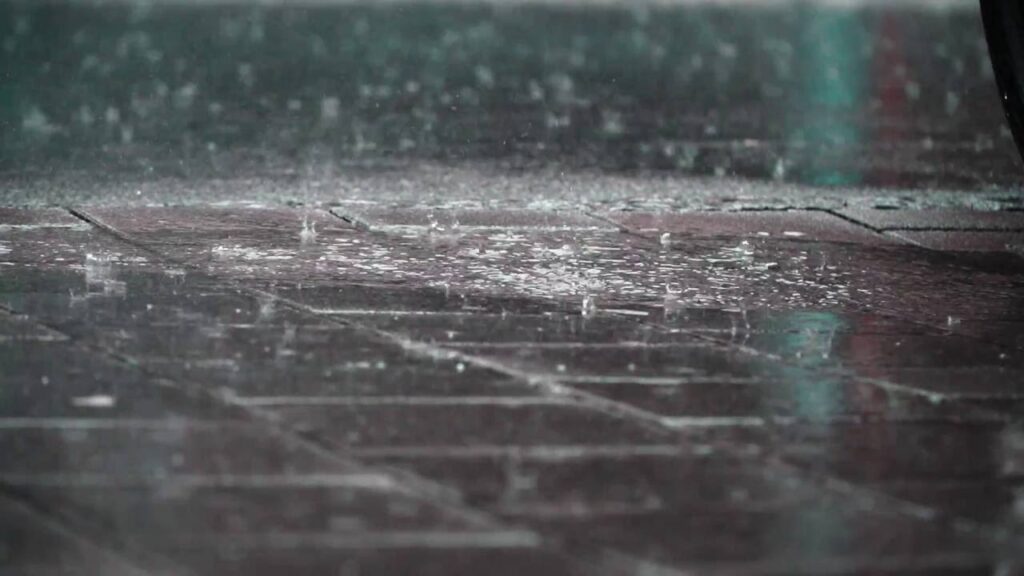
Bowing foundation walls are caused by external pressure pressing the walls inward. The most common pressure on the walls is caused by water. Exterior soil along the outside of the wall becomes wet during rainy times.
The ground becomes engorged with water causing it to expand. The expansion then applies pressure to the outside of the foundation, causing the wall to bow inward. The problem with hydrostatic pressure is that it’s worse in clay soil because it expands so much.
Frozen soil
When large sections of the ground freeze, it also causes pressure on the upper section of the basement wall, which can cause it to bow.
Heavy objects
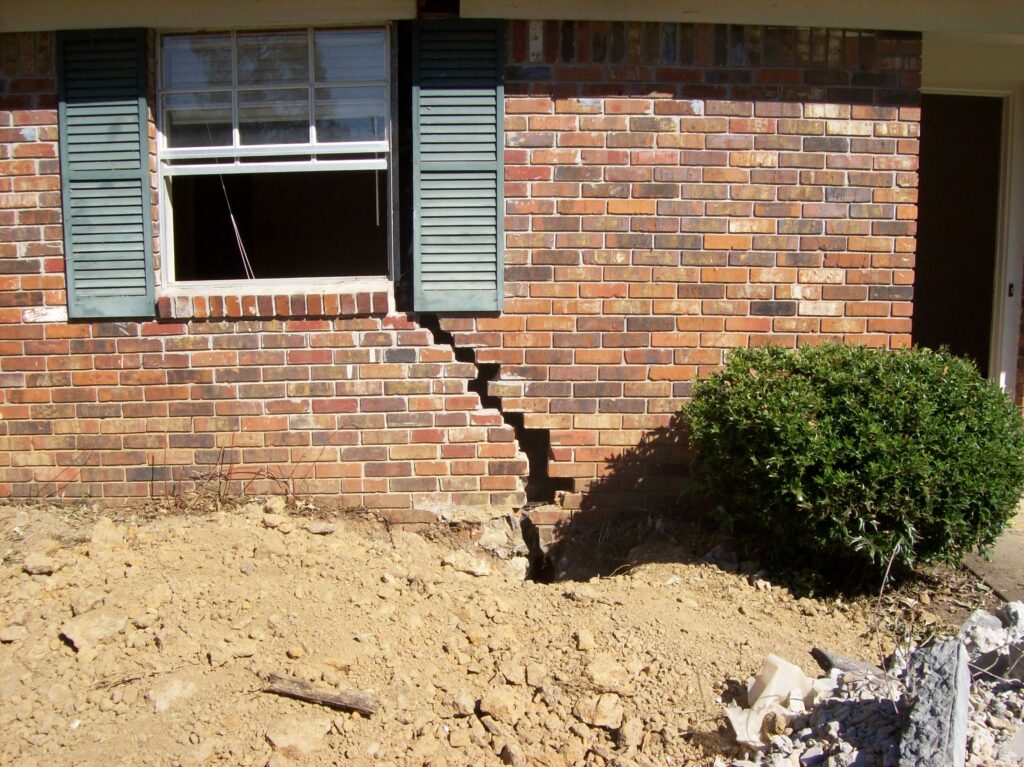
This is something you may not often think about; however, heavy objects placed on top of the ground outside of the basement can push down on the soil. This also causes soil to push outward and pressure the upper portion of the foundation wall. If you have a deck or porch, it won’t cause this, but if you park your car or other heavy machinery their long term, it may.
Ways to have Bowing Foundation Repaired
Once you have had your foundation inspected, there are three main ways professionals fix the issue. Basement wall braces that hold the wall from the inside, an anchor system that pulls the wall from the outside, and basement wall replacement.
Basement wall braces
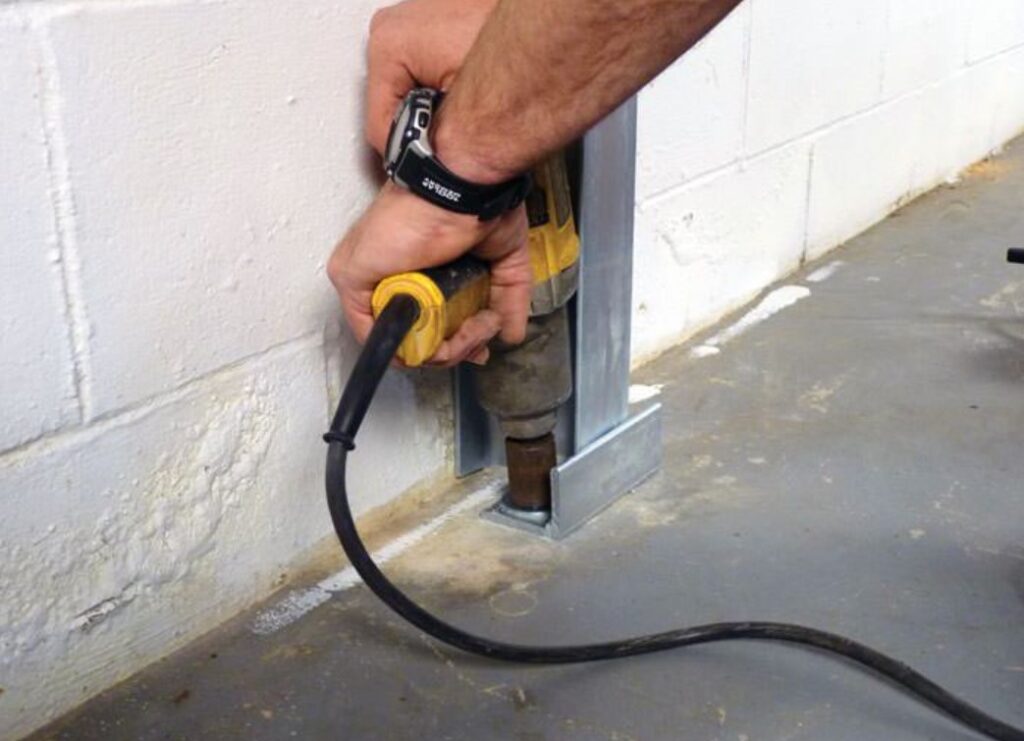
- The carbon fiber straps run vertically from top to bottom and are held in place by epoxy. This creates a permanent bond that resists the pressure from exterior forces. Straps are a way to stabilize the wall but do not solve the underlying issue.
- Straightening and strapping are sometimes done after the wall has been stabilized. The professionals will excavate the soil outside of the foundation to reach the area. On the inside of the basement, hydraulic jacks push the basement wall outward to correct them. Once they are fixed, the walls are then strapped.
- Steel I-beams are run vertically along the wall and spaced about every 4 feet. The bottom joints are bolted to the floor, and the upper ones are bolted to the joists or beams of the house. This method is used along with excavating the soil so the wall can be straightened. This method works best for unfinished basements since these beams are left in place.
Basement Wall Anchor Systems
- Wall Plate Anchors work best for walls that bow up to 2 inches. The installation process is pretty simple. First, a trench is dug outside the home roughly 10 feet from the foundation wall and used for the anchor plates. Holes are then drilled through the foundation wall, and threaded steel rods are inserted. The wall plate is attached on the inside of the wall every 4 feet apart, and the plate on the outside and the one on the inside are fixed together by bolts. Waterproofing membranes are installed to ensure that no water leaks into the basement through the holes. This is considered to be a permanent solution.
- Helical tie-backs are the best option for foundations whose walls bow a lot. The helical tie-backs are similar to wall anchors, but they are installed entirely from the inside of the basement. Holes are drilled into the wall at a downward angle. Rods up to 20 feet long are inserted with the ends attached to wall plates. This is the most expensive solution but the least noticeable.
Basement wall replacement
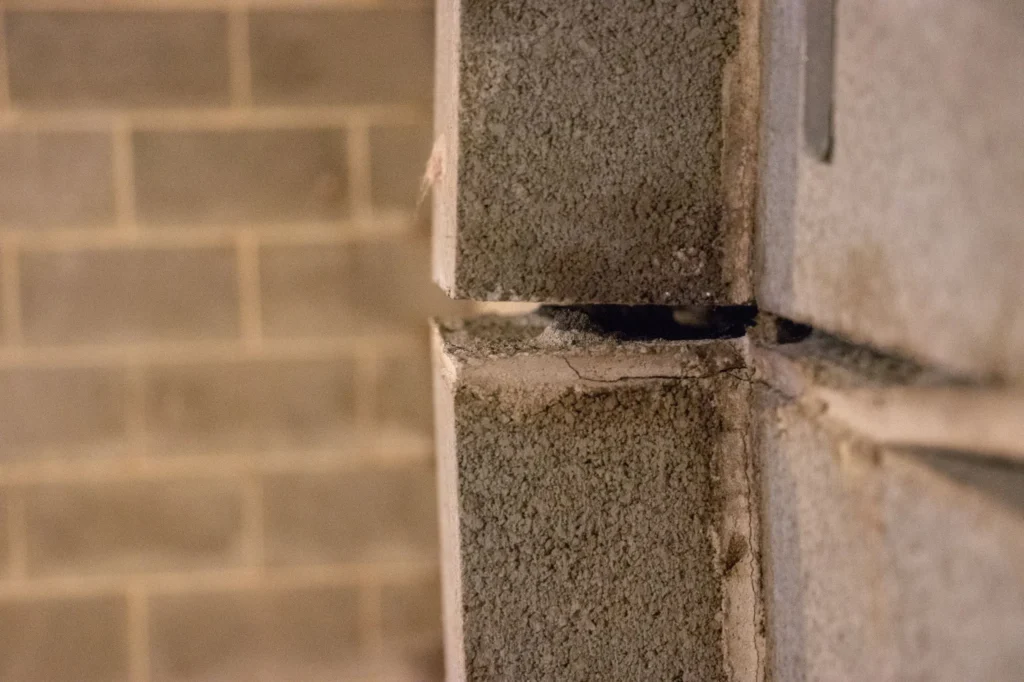
If the foundation is bowing more than 6 inches, it probably needs to be demolished and replaced. This is the most expensive method, but it is permanent.
Do Bowing Foundations Need to be Repaired?
If you don’t fix a foundation that’s bowing, then it will continue to get worse. The outside pressure will continue increasing, causing the foundation to bend more. If it is not repaired, it will continue to deteriorate until, at some point, it collapses. Depending on the structure of your home, your house will be unsafe, and you’ll have to move out.
Cost of A Bowing Foundation Repair
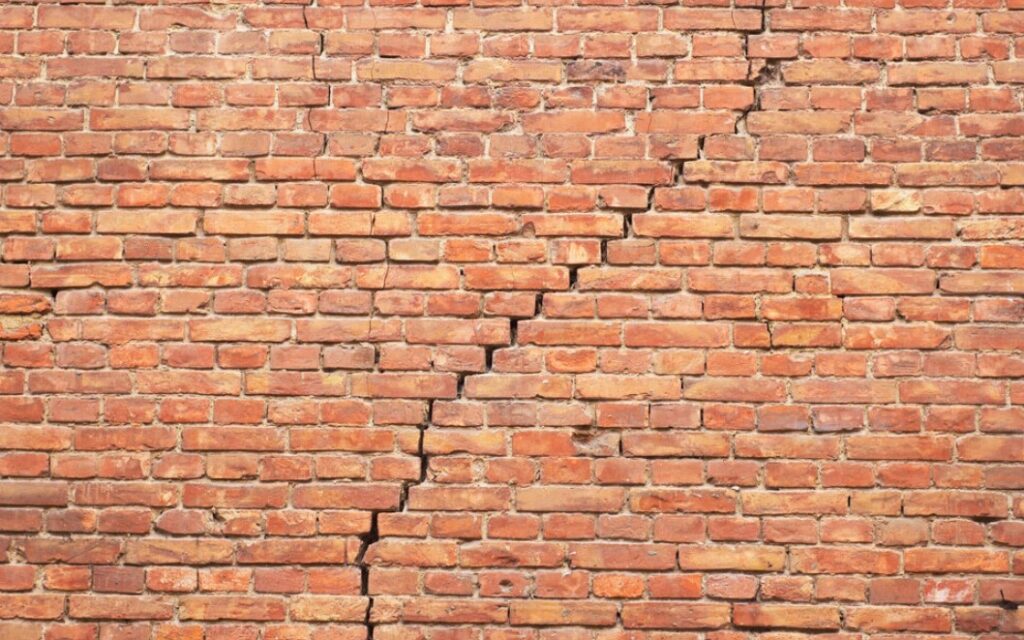
The cost to repair a bowing foundation varies from $700 to $15,000, depending on the number of walls affected and the severity of the damage. It’s essential to call a professional to inspect and repair your wall as soon as you notice the damage.
